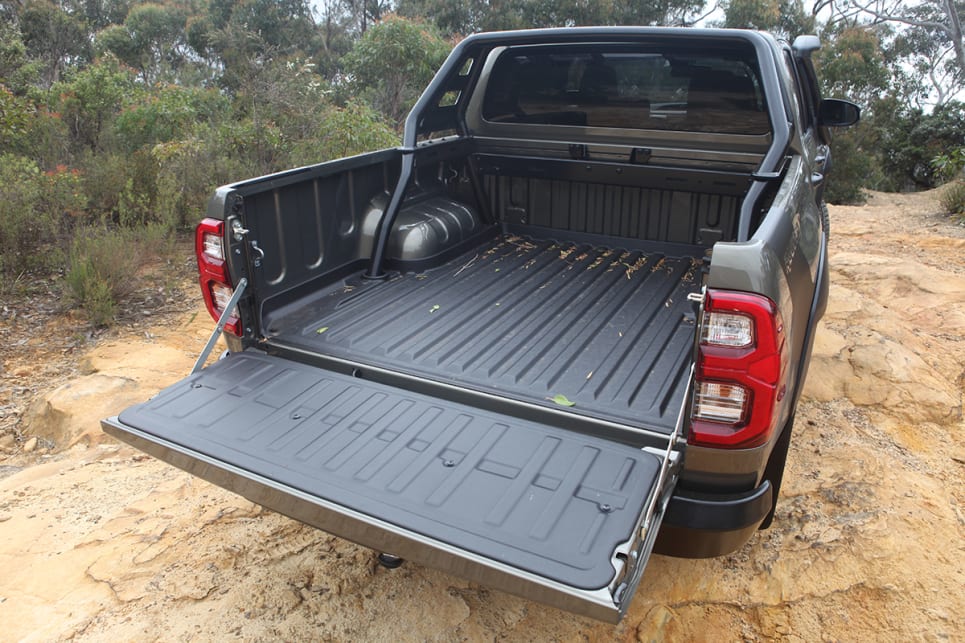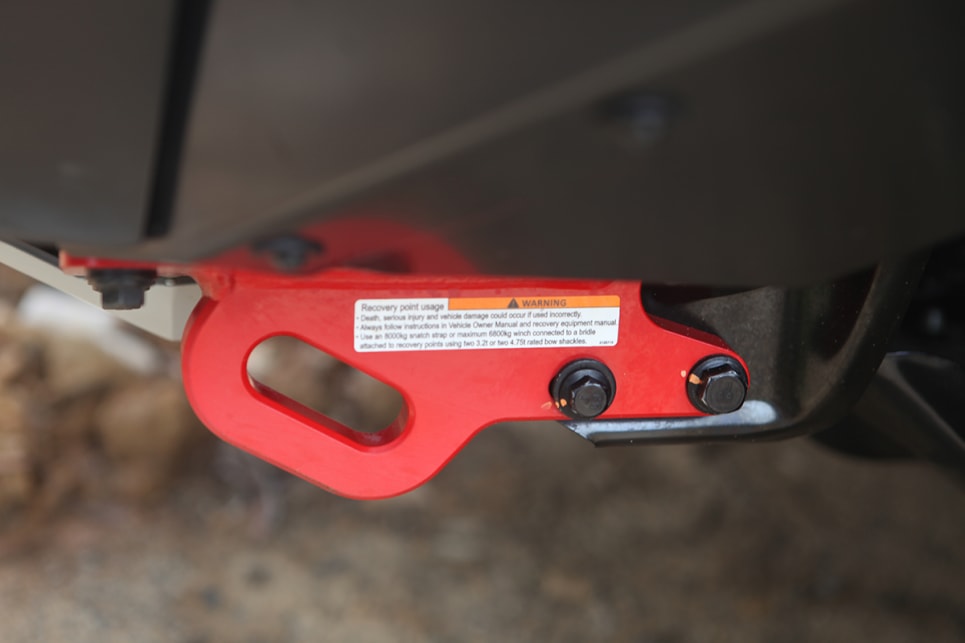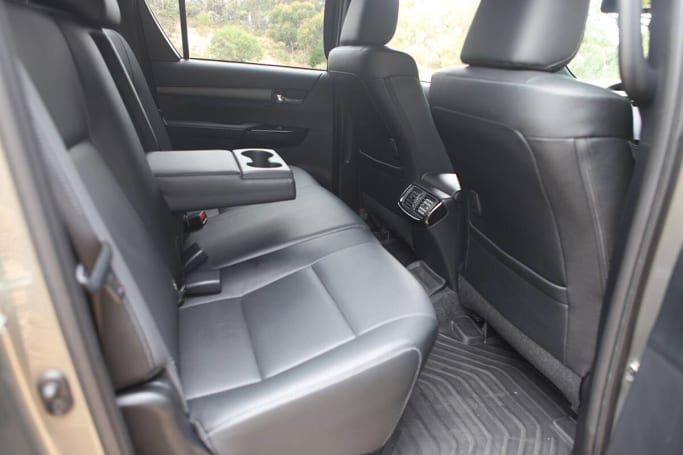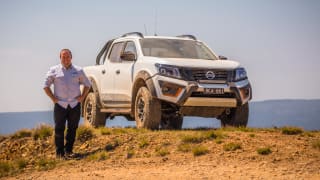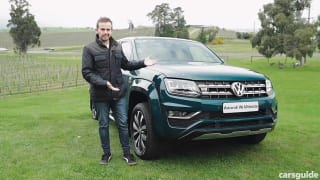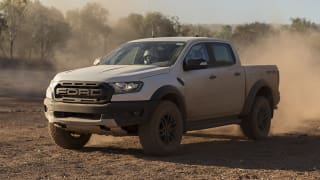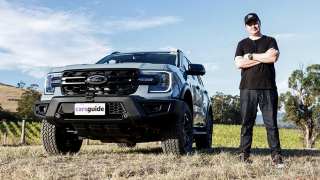The Rugged X is the top-spec HiLux. It has an MSRP (manufacturer suggested retail price) of $69,990, plus on-road costs. As mentioned earlier, that’s $5500 more than the previous-gen Rugged X. And you can’t now opt for a manual variant because there are none on offer.
The dual-cab Rugged X has the line-up’s 2.8-litre four-cylinder turbo-diesel engine (150kW/500Nm) and six-speed automatic transmission. Braked towing capacity is now 3500kg, 300kg more than before.
It has a part-time four-wheel drive system and a rear diff lock.
As per the 2021 range, it has the Toyota Safety Sense suite of driver-assist tech including high-speed active cruise control, pre-collision safety system with pedestrian detection (AEB), lane departure alert and road sign assist.
What differentiates the Rugged X from the rest of the ’Lux pack is the fact it comes equipped with a stack of extras aimed at making this HiLux even more ready for an off-road adventure than its stablemates. I’m talking about gear that the buyer would otherwise have to seek out in the aftermarket realm. Just think of this ute as an SR5 that Toyota has thrown the ‘off-road-readiness’ book at – so it’s more practical than poseur.
Standard Rugged X features include a hoopless steel bullbar, substantial Toyota-branded bash plate, front lighting bar, snorkel, heavy-duty front springs, steel side steps with built-in rock-sliders (rock rails), 17-inch black alloy wheels and a heavy-duty steel rear bumper with a step-up.

Don’t forget the recovery points, front and rear.
It also has wheel arch mouldings, tow bar, tow ball and tongue, trailer wiring harness (seven-pin flat), and an in-cabin electric brake controller.
Having all of that gear onboard from the get-go is a definite bonus for those who want the convenience of buying a ute that is kitted out and ready for an off-road adventure, but it may not hold so much appeal for those who’d prefer to do their own research and source their own aftermarket gear.
Beyond those off-road-suited extras, the Rugged X gets an 8.0-inch multimedia touchscreen, Apple CarPlay and Android Auto, Bluetooth connectivity, and a nine-speaker JBL sound system. It also has a “black functional sports bar with recreational attachment points”, according to Toyota – it’s a sports bar that can cop a claimed 200kg on top.



